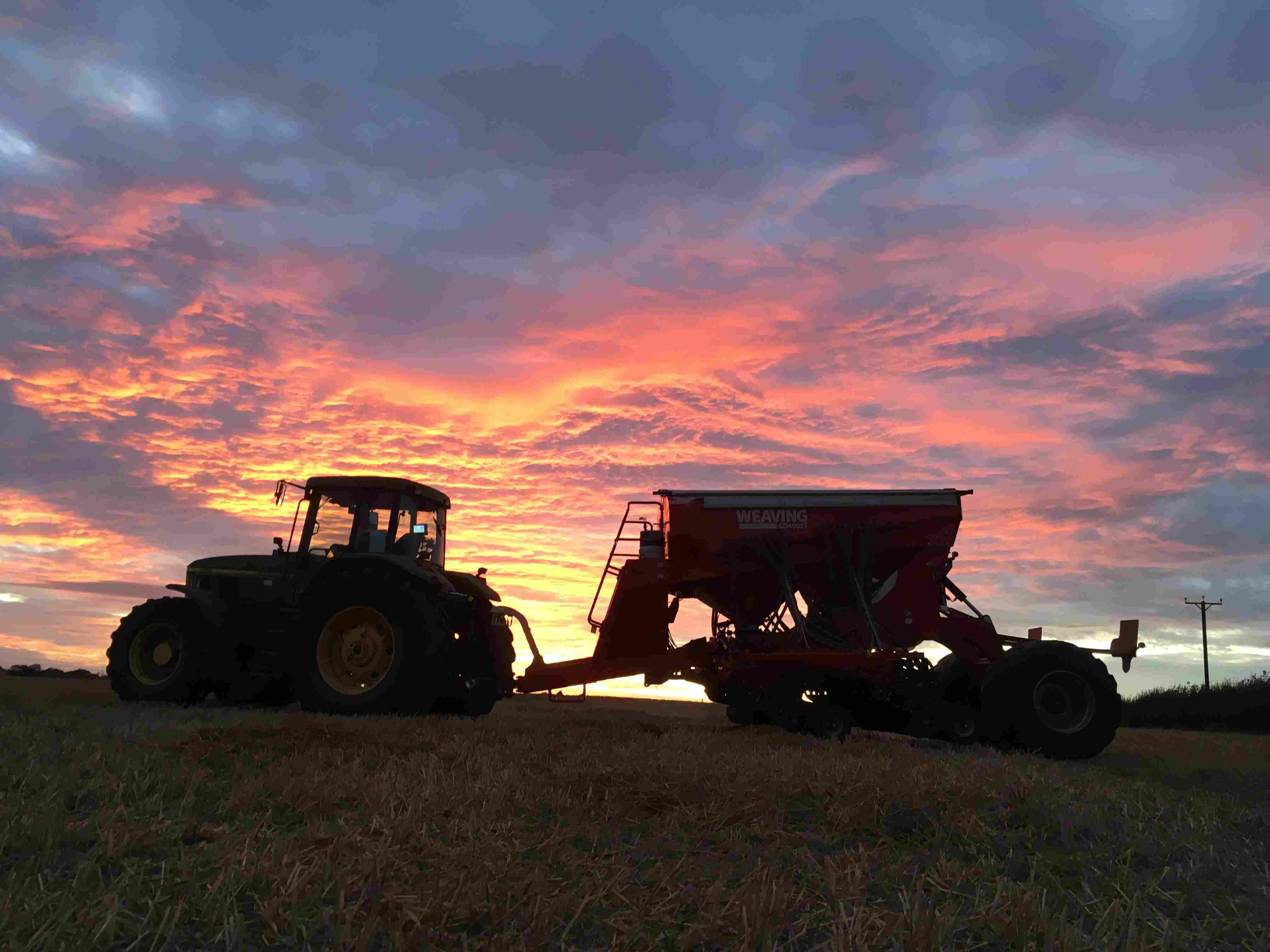With harvest finished, we are looking back on a very dry summer for the second year running – has this just been luck, or are the global warming predictions now starting to take effect?
We have already started supplementary feeding some of our cattle with winter silage supplies, as the August/September dry spell has robbed us of our early autumn flush of grass growth.
In farming we have to look a long way ahead – for instance, our cows that are now in calf will not pay for their upkeep until their calves are sold for beef in about two and a half years’ time, so do we need to start looking at more drought resistant crops and grasses?
The beef price is currently 16% below the 5 year average, and as we cannot stop the cattle growing and ageing, we have no choice but to sell them regularly throughout the year regardless of whether that be for a profit or a loss. Is this due to oversupply, a change of consumer diets, maybe, but it’s far easier to blame the dreaded B word.
This year we are stepping out of our farming comfort zone, to push ourselves towards ‘conservation farming’. We are moving away from a traditional plough based system and putting our faith in a modern direct planting seed drill (to plant the seed straight into uncultivated soil, and not a lovely brown seedbed).
We hope that by not cultivating the soil and by instead planting cover crops (green manure) we can harvest the sunlight and Co2, turning it into soil and worm food, reducing our carbon foot print and improving our farm environment.
As well as the environmental benefits we should see a reduction in labour and diesel costs, hopefully without sacrificing much yield. Let’s hope we can make it work, not just for the environment, but because my neck in on the line.

